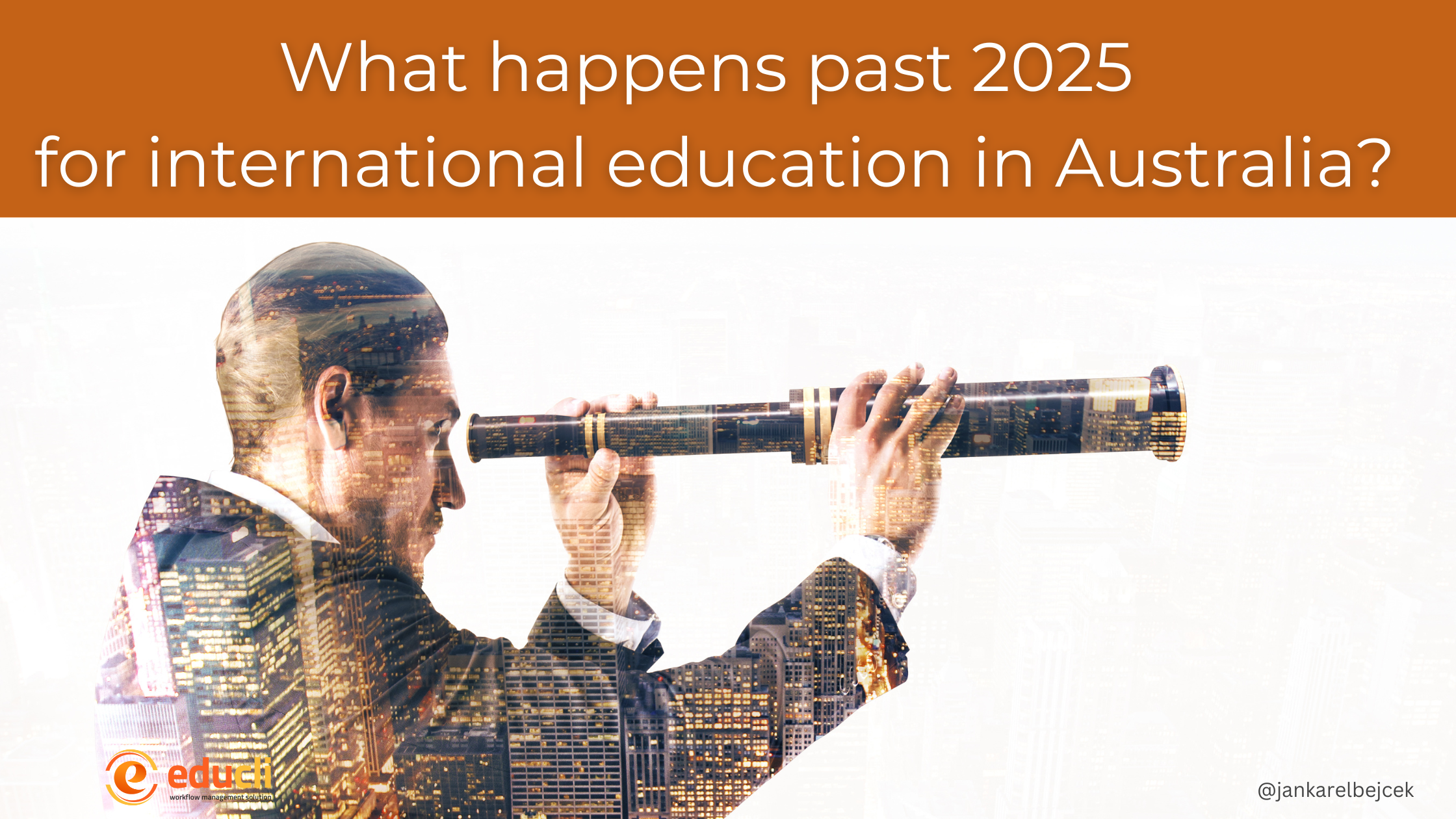What happens past 2025 for international education in Australia?
On 27 August 2024, the Australian government unexpectedly, amidst the ongoing Senate inquiry into the ESOS Amendment Bill, announced that, subject to the passage of legislation before the Parliament, which will set a National Planning Level (NPL) for new international student commencements of 270,000 for the calendar year 2025.
The NPL is divided between the higher education and vocational education and training (VET) sectors by approximately 53% for public universities (approximately 145,000 new students), 12% for private universities, and 35% for private VET providers. TAFE, school students, higher degree research students, students undertaking standalone English language courses (ELICOS), non-award students, Australian Government-sponsored scholars, and students that are part of other education arrangements are exempted from this calculation.
This move is to bring the number of new international student commencements, across higher education and VET, back to pre-pandemic levels.
It’s crucial to understand the specific metric the government is using to set the proposed limits. The combination of the terms “new” and “commencement” is unclear, making it challenging for providers to fully understand.
It is essential for the government to clarify the exact metric that will be applied for these limits.
According to the Department of Education’s definitions:
- A new international student commencement refers to “a new enrolment in a particular course at a particular institution.” For context, there were 177,181 international student commencements reported in higher education in 2019, rising to 207,522 in 2023.
- A new student is defined as “a student in a given year who had not appeared in any previous year of the data collection,” essentially indicating a new arrival to Australia. Based on this definition, 96,497 new international students began a higher education program in 2019, increasing to 152,511 in 2023.
These distinctions are significant, and it would be advantageous to obtain explicit confirmation from the Australian Government Department of Education regarding the precise definition of “new international student commencements.” If the Education Services for Overseas Students Amendment (Quality and Integrity) Bill 2024 is to be endorsed and the new concept of ‘enrolment limits,’ or ‘enrolment caps’ should be introduced.
To add more confusion, the government’s initiative, “Improving the Sustainability of International Education,” introduces two other key terms: National Planning Level (NPL) and International Student Profile (ISP).
Again, according to the Department’s definitions:
- National Planning Level (NPL) – The NPL sets a cap of 270,000 new international students for the 2025 calendar year. This number is allocated between the higher education sector and the vocational education and training (VET) sector.
- International Student Profile (ISP) – The ISP are individual enrolment limits for each provider (public university providers). However, this term does not seem to apply to VET providers.
- New Overseas Student Commencements (NOSCs) – A student will be counted as a new overseas student commencement when they are onshore and begin their first non-exempt course with their initial provider. This includes instances where a student changes to a different provider for a non-exempt course.
- Provider Limit – This term refers to the enrolment cap set for each provider.
Breakdown of the Numbers
The methodology for determining ISPs is more complex. The starting point for calculating an ISP is based on the number of new international student commencements in 2019, adjusted for growth between 2019 and 2023. A key factor, termed an ‘international concentration’ metric, acts as a penalty—universities with higher concentrations of international students will see reduced growth in their ISP.
All providers are now working to understand how these metrics will affect them, but without the 2023 data, it is difficult to assess the full impact. What is clear is that providers that grew rapidly between 2019 and 2023, especially those with large concentrations of international students, will face more stringent caps.
Management of the student caps
The management of these enrolment caps will be divided between the Department of Education, which will oversee higher education providers, and the Department of Employment and Workplace Relations (DEWR), which will manage VET sector providers. PRISMS, via Confirmations of Enrolment (CoEs), will track whether a student counts towards a provider’s enrolment limit.
Looking Forward to 2026 and Beyond
The government has provided little or no detail on its plans for 2026 and beyond, other than a commitment to sustainable growth in international student numbers. The announcement suggests that these new policies will bring international student numbers back to pre-pandemic levels and ensure the sector’s integrity.
The NPL and the associated enrolment limits are contingent upon the passage of the Education Services for Overseas Students Amendment (Quality and Integrity) Bill 2024. The timeline for the Bill’s passage is tight, with the Senate Committee’s report due in early September, and both houses of Parliament scheduled to consider the legislation shortly thereafter.
The new system will replace Ministerial Direction 107, but only if the legislation is passed. If the Senate blocks the enrolment caps, MD107 may remain in place, despite its criticized impact on the sector.
Conclusion
Despite significant negative feedback from the sector regarding enrolment caps, the government appears committed to moving forward with these changes. However, many stakeholders remain concerned about the long-term impacts on Australia’s international education landscape. Let’s prepare for 2025 and beyond.
#studyinaustralia #caps #internationaleducation #australia #internationalstudents #educli





Leave A Comment